(And how you can incorporate them into everyday eating)
Early puberty — when secondary sexual characteristics (such as breast development, pubic hair, or menstruation) begin significantly earlier than typical age-ranges — is a concern for many parents and health professionals. While genetics and other medical factors play important roles, growing evidence suggests diet and lifestyle are modifiable influences.
In your role as a women & child health practitioner and blogger, you’ll appreciate how nutritional strategies can form part of a broader prevention plan (alongside maintaining healthy weight, reducing endocrine-disrupting exposures, and promoting activity). Here are ten key foods (or food-groups) that the research supports as helpful in reducing the risk / delaying the onset of early puberty in girls — interspersed with ideas for how to use them.
1. Leafy green vegetables
Why: A recent study found that higher vegetable intake was associated with a lower risk of precocious puberty in girls. Vegetables provide fibre, phytonutrients, and may help in hormonal balance.
How to include: Make one big salad or stir-fry of spinach/kale/Swiss chard at least 3-4 times a week. Pair with lentils or beans for a nutrient-dense meal.
2. Beans / lentils / legumes
Why: Plant-based protein sources appear to be protective compared with high animal protein in relation to early puberty.
How to include: For example, include a portion of moong dal, chana, rajma or mixed beans in lunch; substitute one meat/meat-analogue meal a week with legumes.
3. Whole grains & high-fibre cereal foods
Why: Fibre helps regulate hormones by improving gut/bowel health, potentially helping with the elimination of excess estrogen metabolites. Some studies link higher fibre intake with later menarche.
How to include: Include millets (ragi, jowar) 2-3 times/week. Staple diet should include rice, whole-grain chapatis, oats porridge for breakfast with nuts/seeds.
4. Nuts & seeds (especially flaxseed, pumpkin seeds, walnuts)
Why: Nuts and seeds are rich in healthy fats, fibre, and plant compounds which support hormonal balance and good growth without promoting early sexual maturation.
How to include: A daily snack of 1-2 tbsp of mixed seeds and nuts; flaxseed-powder sprinkled on yogurt or cereal; pumpkin seeds in salad or snack mix.
5. Fruits (but moderate, whole-fruit, not excessive)
Why: Higher fruit and vegetable intake was protective in a recent Chinese study. But note: the same study flagged that a “high animal-food + fruits” pattern (with lots of fruit) showed some risk, likely via the obesity pathway. So fruit is helpful — just not as a sole “high” intake without other balance.
How to include: Provide 1–2 portions of fresh fruits daily (berries, apples, guava, papaya). Avoid excessive fruit juices or dried/sugary versions.
6. Water & hydrating foods (and avoiding sugary/processed beverages)
Why: Sugary drinks and high-calorie processed beverages contribute to excess weight and may accelerate puberty onset.
How to include: Encourage water as the primary drink. Occasionally, fruit-infused water. Avoid sodas, high-sugar juices, and packaged flavoured drinks for children.
7. Healthy fats: avocado, olive oil, fish (if vegetarian-okay, choose small oily fish)
Why: Healthy unsaturated fats support brain and hormonal development without triggering early hormone rise linked to high-fat/animal-fat intake. Some studies show high animal fat intake is linked to earlier puberty.
How to include: Use olive oil/tahini dressings, include avocado slices, seeds/nuts, and for non-vegetarian children, small oily fish (if your client allows). For vegetarian children, rely on plant fats.
8. Colourful vegetables (carrots, sweet potato, pumpkin, beetroot)
Why: Rich-colour vegetables provide antioxidants and phytochemicals that support detoxification of excess hormones and environmental endocrine-disruptors. Some guidelines for early puberty prevention emphasise plenty of natural plant foods.
How to include: Make sweet-potato “wedges” baked, pumpkin soups, carrot sticks with hummus, beetroot salad with pink yoghurt.
Integrating These Foods into a Realistic Plan
-
Aim for variety: Try to include at least 5–6 of these foods daily in various meals and snacks.
-
Focus on balancing weight: Excess adiposity/obesity is a strong risk factor for early puberty. The foods above support healthy weight through nutrient density and fibre.
-
Minimise risky foods: Although not part of the “10 protective foods” list, remind families to limit processed fried foods, hormone-loaded meats/dairy, high-sugar snacks and beverages.
-
Lifestyle matters too: Nutrition works best alongside regular physical activity, adequate sleep, minimal exposure to plastics/pesticides and emotional wellness.
-
Tailor to cultural/vegetarian context: Since your audience may prefer Indian vegetarian eating (or eggs but no meat/insect proteins), highlight how, e.g. lentils, paneer (in moderation), legumes, millets and healthy plant fats fit into this protective pattern.
A Sample “Daily Plate” for an 8-12-year-old girl (vegetarian)
-
Breakfast: Paneer dosa with 1/2 tablespoon ground flaxseed + sambhar (with moringa)
-
Mid-morning: Carrot & cucumber sticks + hummus + water
-
Lunch: Oats and mixed vegetable cutlets (add peas, carrot, spinach, pumpkin) + curd dip + side salad of beetroot & cucumber
-
Afternoon snack: Seasonal fruit (apple/pear) + a small handful of pumpkin seeds + water
-
Dinner: Multigrain roti + paneer bhurjee (use low-fat paneer) or egg bhujji + stir-fried broccoli & carrots in olive oil
-
Before bed: A glass of warm skim milk with a pinch of turmeric + short mindful breathing exercise (helps hormonal regulation)
Final Notes for Parents & Practitioners
-
Encourage consistency rather than perfection: It’s the habitual pattern that counts most.
-
Monitor growth and weight: Encourage families to keep BMI in the normal range for age.
-
Watch for early signs (breast buds before age 8, pubic hair early, rapid height growth) and consult a paediatric endocrinologist if you suspect precocious puberty.
-
Reinforce: Food is one piece of the puzzle. Sleep, stress, screen-time, environmental chemicals and activity are all important.
🌟 Read More
🧶The Rise of Early Puberty in Girls — What Every Parent Should Know
🧶Does Soy Affect Puberty in Girls? Let’s Find Out
🧶Early Menarche in Girls: The Ayurvedic Perspective
🧶Early Menarche: Causes, Risks, and Prevention Strategies

Akanksha Sharma
Dr. Akanksha Sharma, Head Writer and creator of AtoZ of Pregnancy, is dedicated to empowering women, parents, and families through 360-degree knowledge. She and her team provide evidence-based advice to guide families through pregnancy, parenting and beyond.


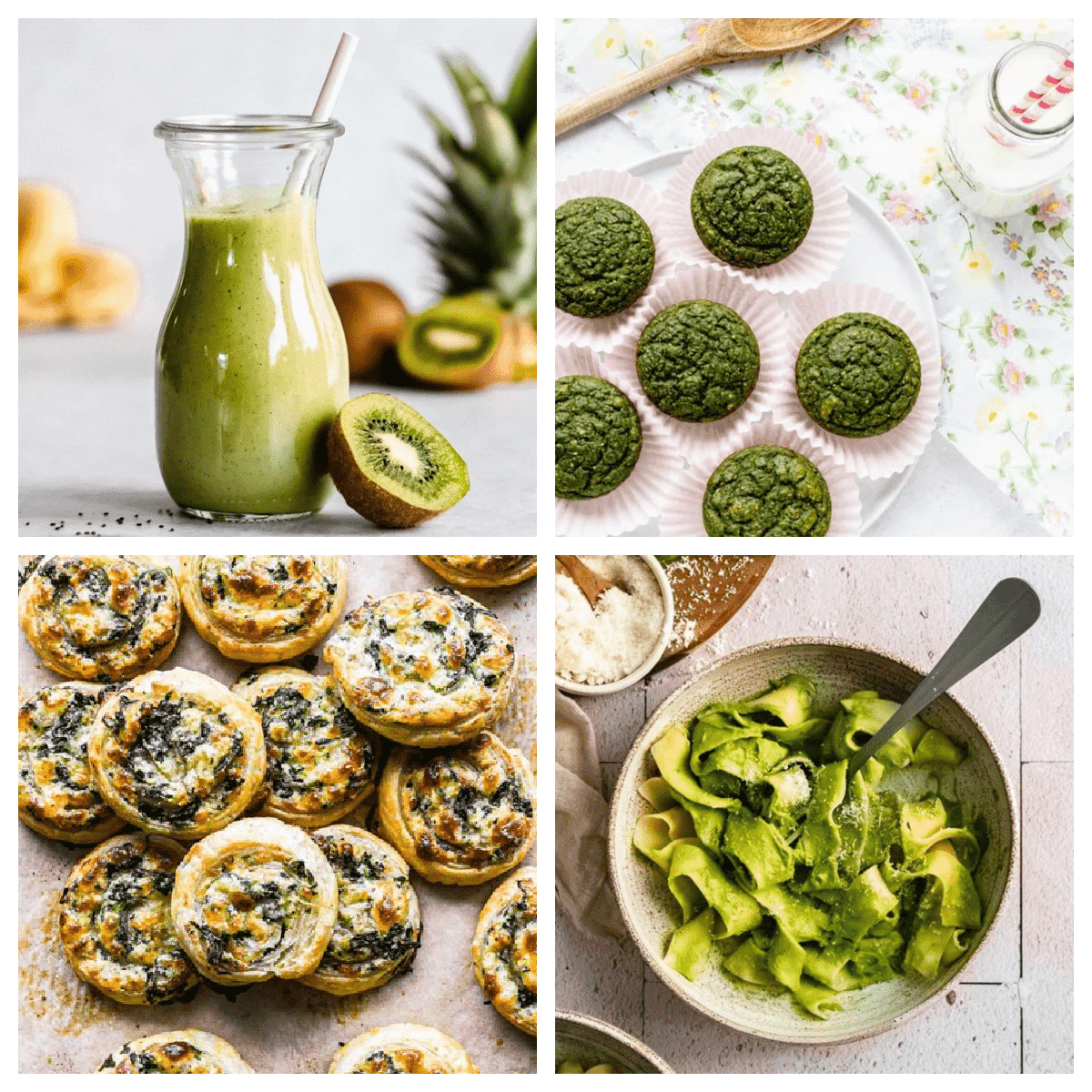




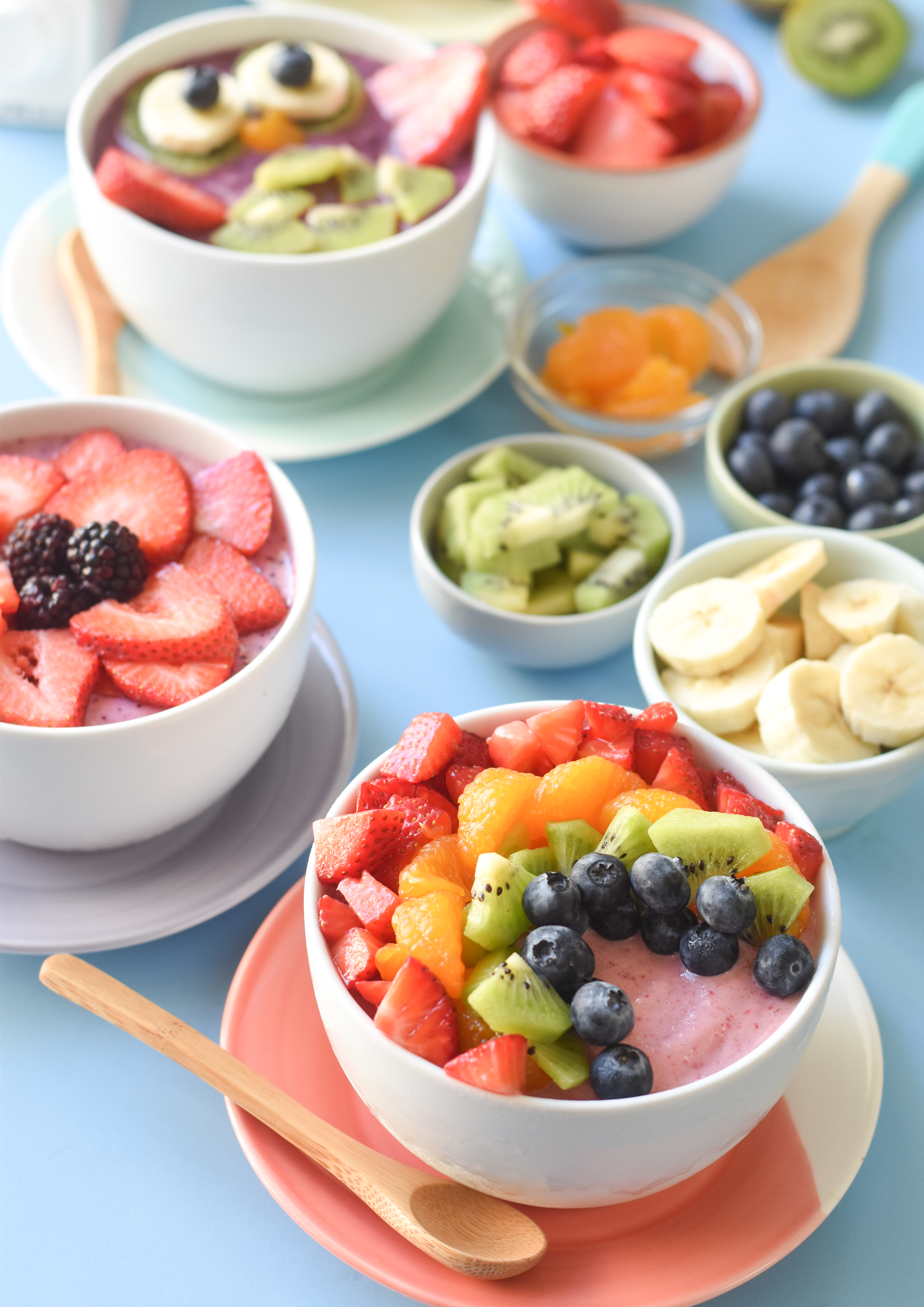
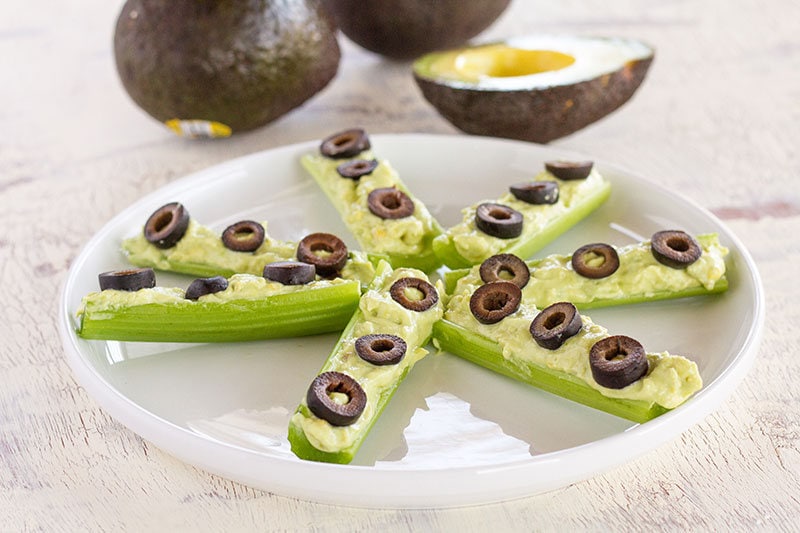
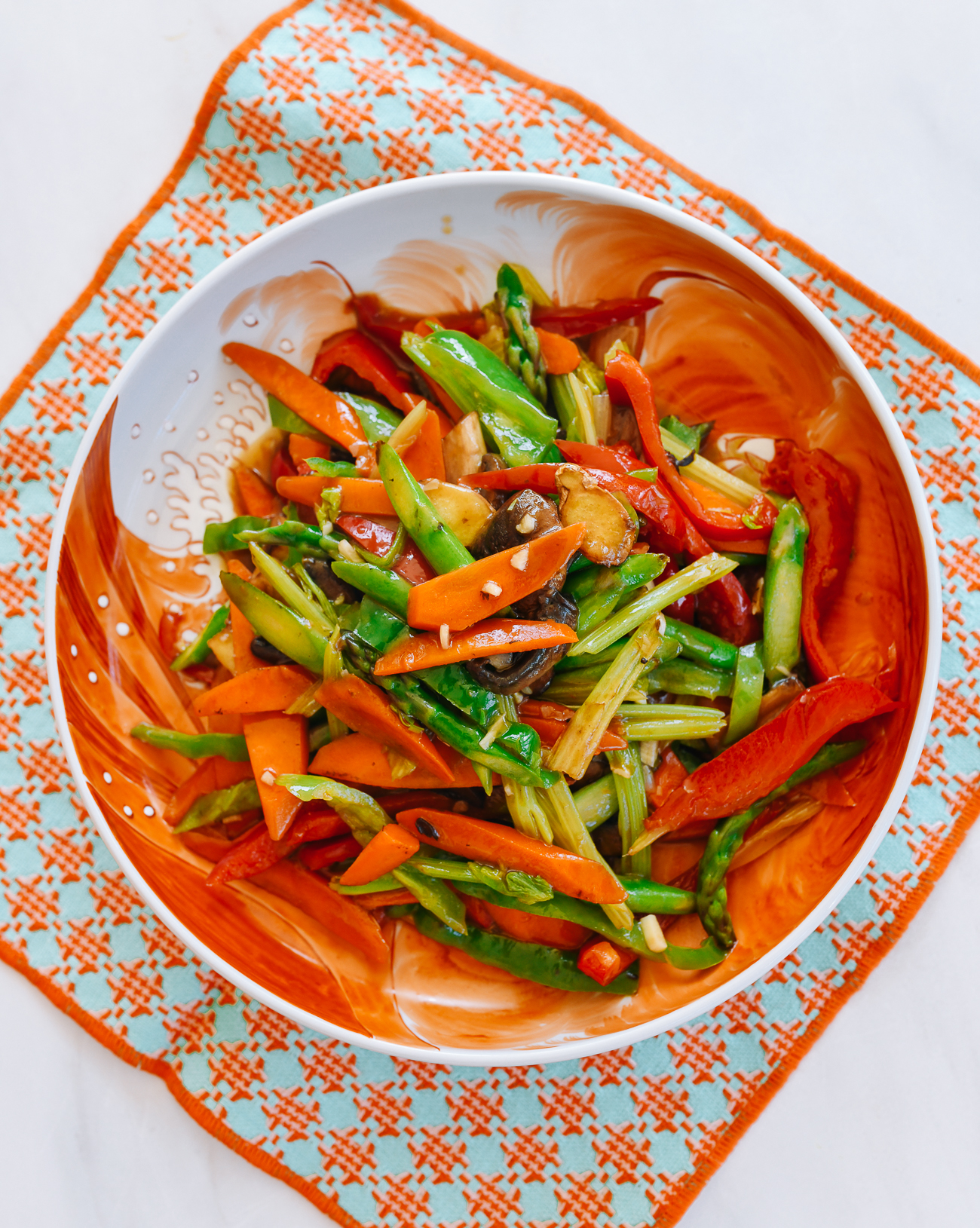
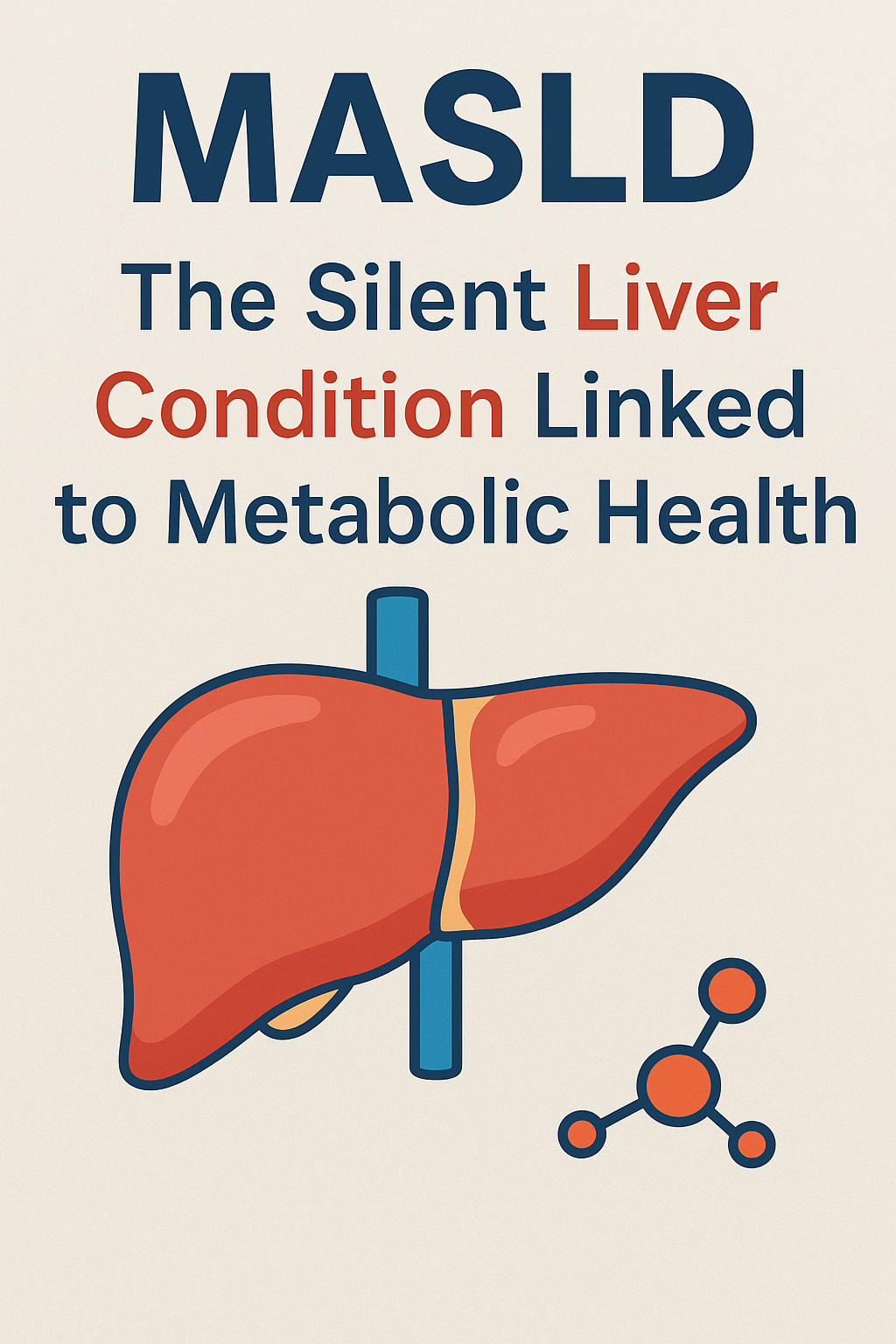
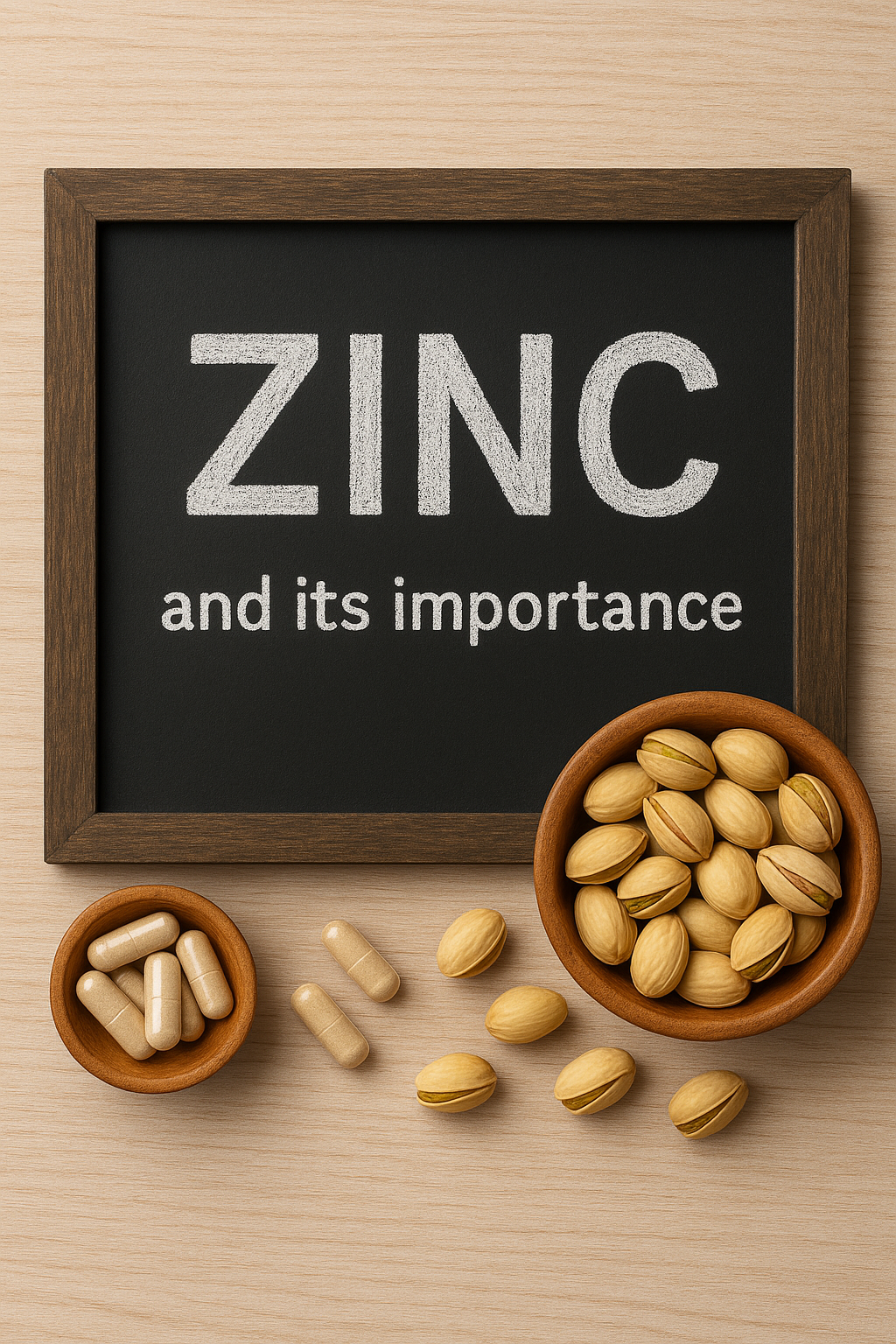


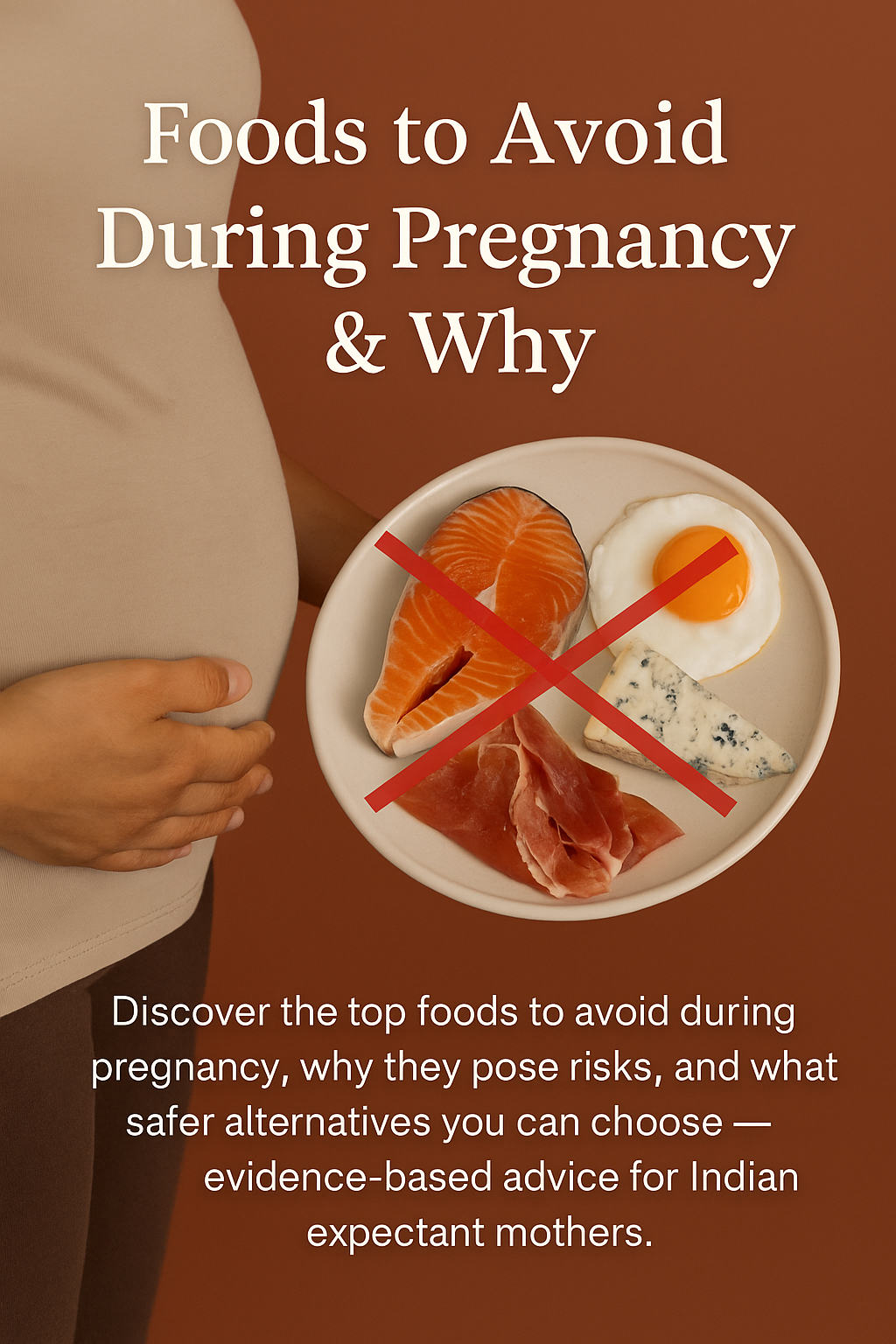
Leave a Reply